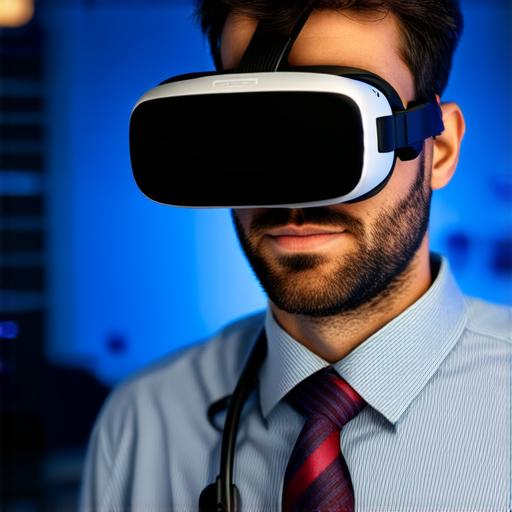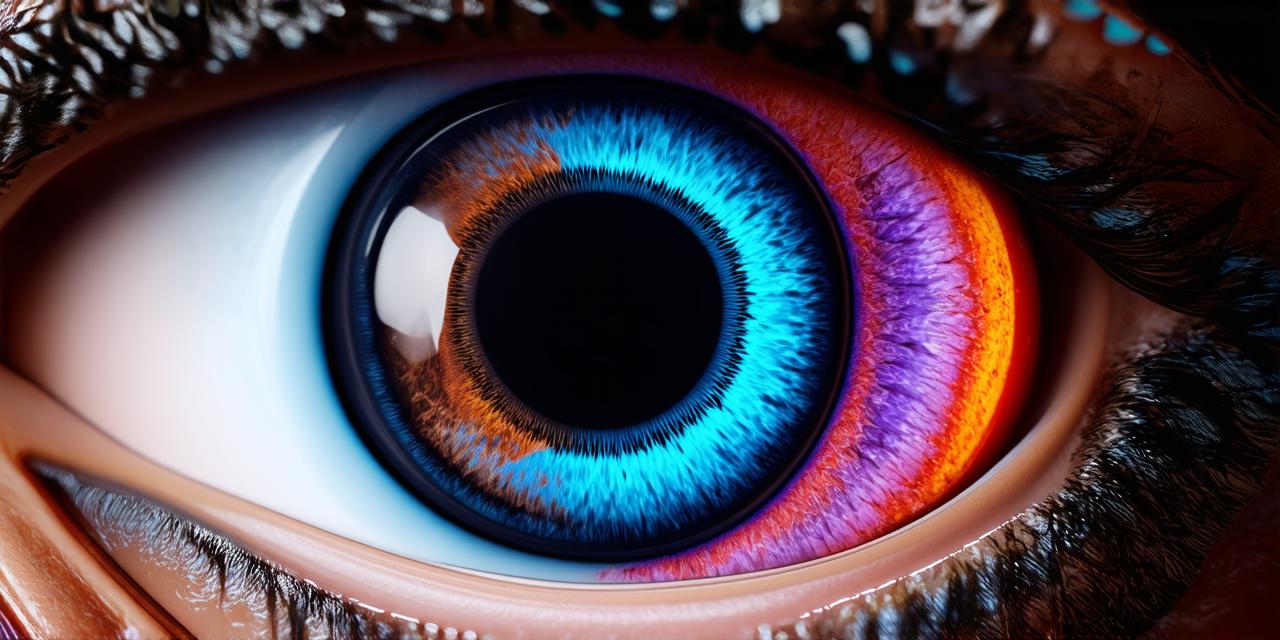Virtual Reality (VR) has become increasingly popular in recent years due to its immersive and interactive nature. However, with this technology comes a range of concerns, particularly related to the potential negative effects on our eyesight.
One of the most common complaints associated with VR is eye strain and headaches. This can be due to a variety of factors, including the brightness and contrast of the images, the distance between the two screens, and the overall comfort of the headset. When using VR, your eyes have to constantly adjust to the simulated environment. This can cause muscle strain in the eye muscles, leading to discomfort and pain.
Additionally, some users have reported experiencing headaches due to the contrast between the brightly lit virtual environment and the dim light in their real surroundings.
The American Optometric Association (AOA) recommends that users take regular breaks while using VR to avoid eye strain and fatigue. They also suggest adjusting the brightness and contrast of the images, as well as the distance between the two screens, to reduce discomfort and improve overall comfort.
It is important to note that VR headsets can cause dry eye due to the lack of airflow over the eyes, which can exacerbate eye strain and discomfort. Therefore, it’s essential to use artificial tears or other eye drops to keep your eyes lubricated while using VR.
Another potential negative effect of virtual reality is nausea and motion sickness. This can be caused by a variety of factors, including the lack of a clear visual horizon in the simulated environment, sudden movements or changes in speed, and the disconnect between what the user sees and feels in the virtual world.

According to a study published in the journal Frontiers in Human Neuroscience, nausea and motion sickness can be reduced by providing users with a clear visual horizon and adjusting the brightness and contrast of the images. Additionally, some VR systems come equipped with anti-motion sickness features such as adjustable frame rates and smoother movements.
The impact on children’s eyesight is another concern. Virtual reality has become increasingly popular among children, who are often drawn to its immersive and interactive nature. While virtual reality can be a fun way for children to learn and explore new things, there are concerns about the potential negative effects it may have on their eyesight.
A study published in the journal Eye Contact & 3D Vision found that prolonged use of VR by children can lead to eye strain, headaches, and even vision loss. This is particularly concerning for young children whose eyes are still developing and growing. The American Academy of Ophthalmology (AAO) recommends that parents limit their child’s use of virtual reality to no more than 30 minutes per day and ensure that they take regular breaks to avoid eye strain and fatigue. They also suggest monitoring your child’s eyesight regularly and consulting with an ophthalmologist if you notice any changes in their vision.
Case studies can provide valuable insights into the potential negative effects of VR on eyesight. In a study published in the journal Proceedings of the National Academy of Sciences, participants who were asked to wear a VR headset for two hours while performing tasks such as reading and watching videos reported experiencing eye strain and fatigue, with some also reporting headaches and dizziness. This suggests that prolonged use of VR can lead to eye strain and fatigue in adults.
In another study published in the journal Human Brain Mapping, participants who were asked to wear a VR headset while performing tasks such as driving a car and flying an airplane reported experiencing nausea and vomiting, with others reporting dizziness and disorientation. This suggests that virtual reality can cause motion sickness in some users, which can be particularly concerning for those who are prone to motion sickness or have a history of it.
Finally, a case study published in the journal Investigative Ophthalmology & Visual Science found that prolonged use of virtual reality can lead to vision loss in some users. The study involved a 25-year-old woman who was asked to wear a VR headset for several hours each day for a period of three months. After the experiment, the woman was found to have a small area of vision loss in her left eye, which was later diagnosed as a condition called transient visual loss (TVL). TVL is characterized by temporary visual impairment that occurs after exposure to a visual stimulus, such as VR.
